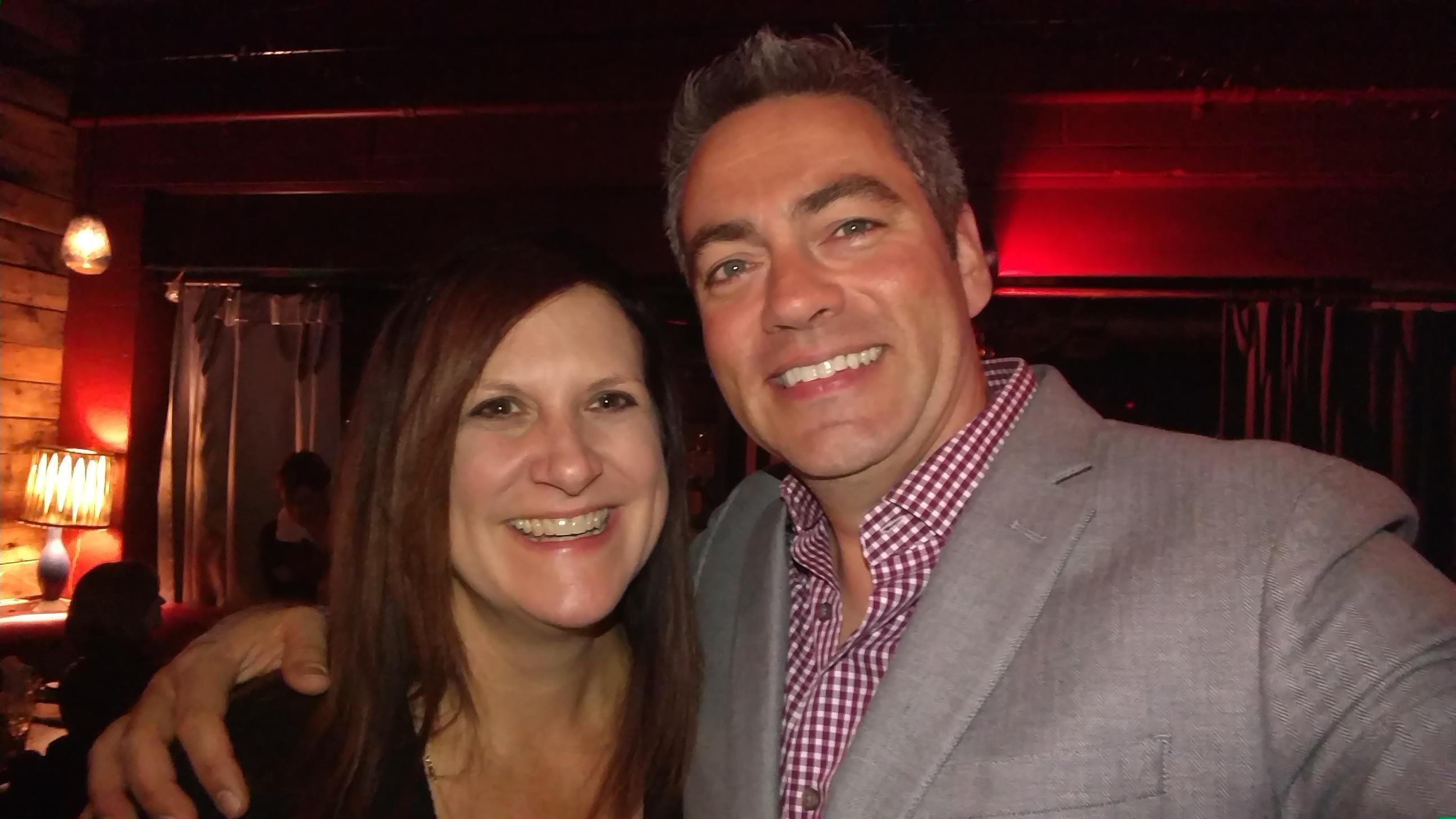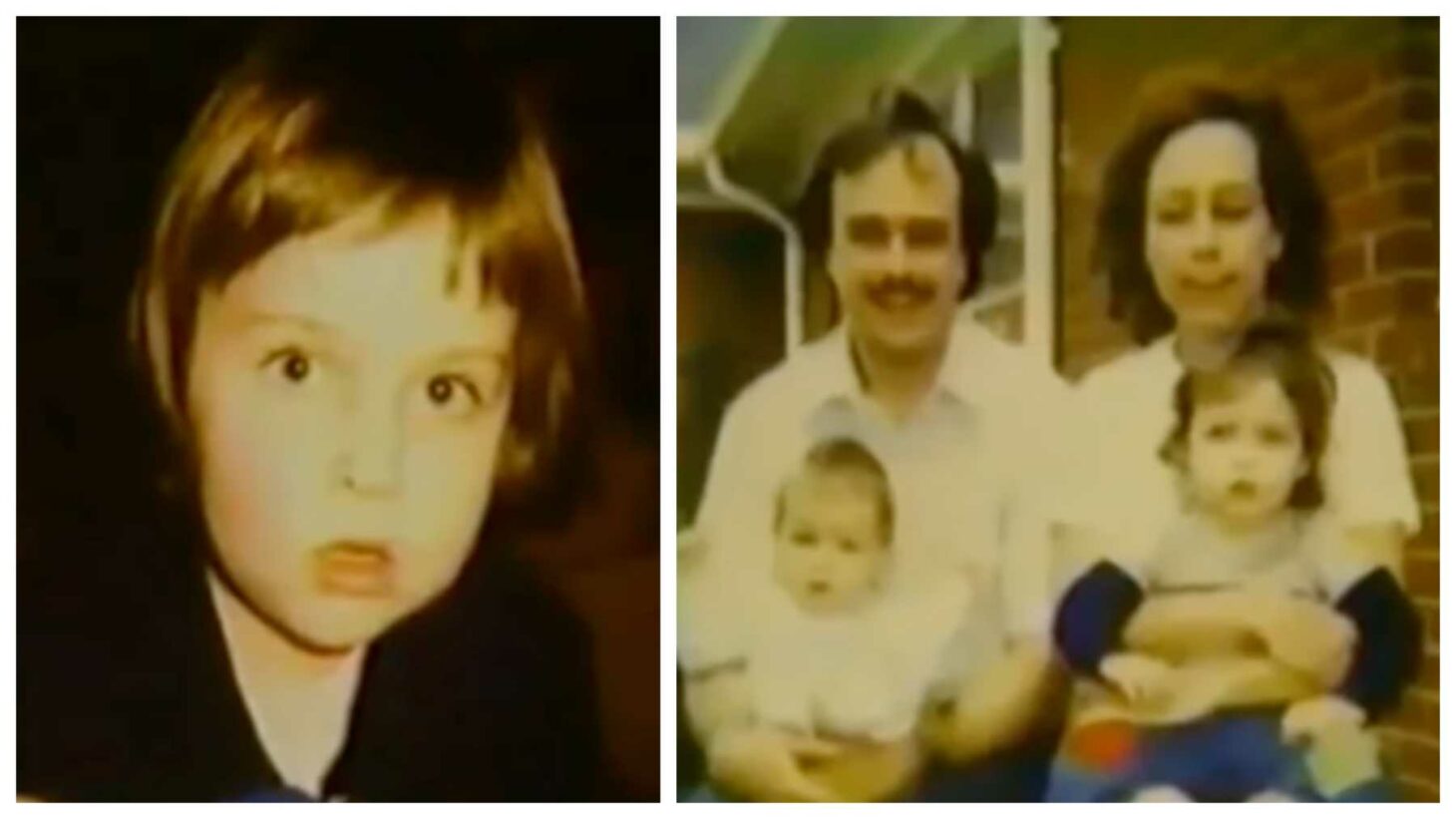Many folks often wonder about the stories that stick with us, the ones that make us pause and think deeply about family, challenges, and the incredible strength people can find. There's a particular story, one that gained a lot of attention years ago, about a young girl named Beth Thomas and her family. It's a tale that really highlights the profound effects of early childhood experiences, especially on everyone close by. People, you know, often search for updates on these kinds of situations, trying to piece together the full picture of what came next for those involved.
This curiosity, so it seems, often leads people to ask a very specific question: what happened to Beth Thomas's brother? His story, while perhaps less in the spotlight than Beth's, is just as important in understanding the whole family's journey. It's a question that, in a way, shows how much we care about the ripple effects of tough times on all members of a household. We want to know if, after all the difficulties, things got better for him, too.
Today, we're going to take a closer look at this very question, exploring the known details about Beth Thomas's brother and the impact of their shared experiences. It's a chance to consider how such a challenging past continued to shape lives, and to reflect on the resilience of a family facing immense hurdles. Sometimes, when you look back at things that happened, it's like trying to remember all those internet abbreviations – you really need the full context to get it right, and that's what we're aiming for here.
Table of Contents
- Beth Thomas: A Brief Look at Her Story
- Personal Details and Background
- The Impact on the Family, Especially Her Brother
- The Long Road to Healing and What Came Next
- Supporting Families Through Challenging Times
- Frequently Asked Questions
- Moving Forward with Understanding
Beth Thomas: A Brief Look at Her Story
Before we truly talk about what happened to Beth Thomas's brother, it helps to remember Beth's own story. She became widely known through a documentary called "Child of Rage," which showed her severe struggles with reactive attachment disorder, a condition that came from extreme early childhood trauma. This condition, you know, meant she had great difficulty forming healthy emotional connections, and it often led to very challenging behaviors.
Her behaviors, in a way, were quite alarming and included aggression towards her adoptive family, especially her younger brother. The documentary showed the intense efforts of her adoptive parents to help her, working with therapists who used very specific methods to try and help her connect. It was a situation that, apparently, put an enormous strain on everyone in the household, testing their limits every single day.
The story of Beth Thomas really brought attention to the often-hidden struggles of children with severe attachment issues and the immense pressure it puts on families. It showed a side of parenting that most people never have to experience, and it raised many questions about how best to help children who have been through such difficult beginnings. In some respects, her case became a sort of benchmark for discussing complex childhood trauma.
Personal Details and Background
To give you a clearer picture, here are some known details about Beth Thomas and her background, which, you know, helps put everything into perspective.
| Detail | Information |
|---|---|
| Name | Beth Thomas |
| Known For | Documentary "Child of Rage" and struggles with reactive attachment disorder. |
| Birth Year (approx.) | Early 1980s |
| Adoptive Parents | Tim and Julie Thomas |
| Sibling | Brother (identified as Jonathan in some accounts, though privacy is key) |
| Condition | Reactive Attachment Disorder (RAD) |
| Early Experiences | Severe abuse and neglect as an infant. |
| Therapy Approach | Attachment therapy, particularly "holding therapy" (controversial at the time). |
| Current Status (as of publicly known info) | Reported to be a registered nurse, married, and a mother. |
The Impact on the Family, Especially Her Brother
When we talk about what happened to Beth Thomas's brother, it's important to understand that he was, perhaps, the most directly affected family member by Beth's behaviors. As a younger sibling, he was often the target of her aggression, which was a very difficult and frightening experience for a child. This kind of situation, you know, can leave lasting marks on anyone, especially someone so young and vulnerable.
The documentary showed instances where Beth's actions put her brother in real danger, creating a home environment that was, frankly, very unpredictable and scary. For any child growing up in such circumstances, the emotional toll is immense. It's not just about the physical incidents; it's about the constant stress, the fear, and the struggle to feel safe in your own home. You can imagine, in a way, how that might shape a young person's world.
While Beth received intensive therapy, her brother's experience was often about enduring the effects and living through the chaos. His parents, obviously, were trying their best to protect him while also trying to help Beth. This meant that his childhood, in a way, was far from typical, marked by the ongoing challenges presented by his sister's condition. It's a situation where, you know, everyone is trying to cope with something truly overwhelming.
The story highlights a question many parents face in challenging family situations: how do you balance the needs of one child who requires intense intervention with the safety and well-being of another? It's a tough balancing act, and for Beth's brother, his early years were spent navigating this very complex family dynamic. His experiences, in fact, are a testament to the quiet strength many siblings show when a family member faces significant struggles.
In a family dealing with such deep issues, everyone's experience matters, and the brother's perspective is, perhaps, particularly poignant. He didn't choose the situation, but he lived through it every day, and his journey through it is a crucial part of the overall story. It's a reminder that when talking about things that happened in the past, we need to consider all the different viewpoints, not just the most prominent one.
The Long Road to Healing and What Came Next
For many years after the documentary aired, people were curious about what happened to Beth Thomas's brother and the rest of the family. The good news, as far as public information goes, is that Beth herself reportedly went on to live a productive adult life. She is said to have become a registered nurse, married, and even had children of her own, which, you know, is a remarkable turnaround given her early struggles.
As for her brother, publicly available information is, perhaps, much scarcer, which is, honestly, understandable given the family's right to privacy. However, what is generally understood is that as Beth's condition improved through therapy, the home environment for her brother would have naturally become much safer and calmer. This shift, you know, would have been a huge relief for him and for the entire family.
While specific details about his adult life are not widely shared, the fact that Beth was able to heal and build a healthy life suggests that the family as a whole found a path forward. The intense therapy Beth received was aimed at helping her form attachments, which would have, in a way, reduced the behaviors that impacted her brother. This kind of ongoing change is what makes a big difference in how natural family life sounds again.
It's important to remember that healing from childhood trauma, both for the person experiencing it and for those around them, is a very long process. It's not a simple past tense action that started and ended; it's more like a past continuous tense, where things that happened in the past kept on influencing the present. The family, undoubtedly, continued to work through the lingering effects of those difficult years, finding ways to cope and move ahead.
The story of Beth and her brother, in some respects, serves as a powerful example of resilience. It shows that even in the face of truly overwhelming challenges, with the right support and persistent effort, it is possible for individuals and families to find a path toward healing and well-being. This journey, you know, is often quiet and private, but it's no less significant.
Supporting Families Through Challenging Times
The experience of Beth Thomas and her brother really highlights the critical need for comprehensive support for families dealing with severe childhood trauma and attachment disorders. It's not just about helping the child with the diagnosis; it's about providing resources and understanding for every member of the family, especially siblings who are, perhaps, often overlooked in the immediate crisis. We need to remember, you know, that everyone in the household is affected.
When a family faces such immense difficulties, access to specialized therapy, parent training, and even sibling support groups can make a world of difference. These resources can help siblings understand what's happening, process their own feelings, and develop coping strategies. It's about recognizing that if you look the wrong way, what happened to one person can deeply impact another, and support needs to be broad.
The Beth Thomas case, in a way, sparked a lot of discussion about the methods used in attachment therapy, some of which were quite controversial. This discussion, you know, is important for shaping how we approach these sensitive issues today, ensuring that treatments are both effective and safe for all involved. It's about finding the right solutions, rather than just any solution.
For anyone who knows a family going through similar struggles, offering practical help and emotional understanding can be incredibly valuable. Sometimes, it's just about being there, listening, and not judging. This kind of support, you know, helps families feel less alone on their very challenging journey. You might even message them to understand what happened and agree on a new date and time for a visit, offering practical help.
Understanding the full scope of a family's experience, including what happened to Beth Thomas's brother, helps us advocate for better systems of care. It pushes us to think about how we can better protect and nurture all children, especially those who have faced early adversity. This ongoing conversation, you know, is very important for building a more compassionate and supportive community for everyone.
To learn more about the complexities of reactive attachment disorder and its impact on families, you can check out resources from reputable child development organizations, such as the Child Welfare Information Gateway. This kind of learning, you know, helps us grasp the full picture.
Frequently Asked Questions
What is Beth Thomas known for?
Beth Thomas is, perhaps, most widely known for her story being featured in the 1990s documentary "Child of Rage." This film brought public attention to her severe struggles with reactive attachment disorder, a condition that developed due to extreme trauma and neglect in her early infancy. She was, you know, shown exhibiting very challenging behaviors, including aggression, towards her adoptive family.
Did Beth Thomas's brother recover?
While specific details about Beth Thomas's brother's recovery are not widely publicized, it is generally understood that as Beth received intensive therapy and her condition improved, the immediate danger and stress in the home environment for him would have significantly lessened. His own healing journey would have been a personal one, but the improved family dynamic would have certainly helped. We can assume, you know, that he found a way to move forward.
Where is Beth Thomas now?
According to publicly available information and updates from her adoptive parents, Beth Thomas is, apparently, doing well as an adult. She reportedly pursued a career as a registered nurse, got married, and has children of her own. This outcome, you know, is often seen as a testament to the effectiveness of the intensive therapy she received and the persistent efforts of her adoptive family. It's a really positive story, in a way.
Moving Forward with Understanding
The story of what happened to Beth Thomas's brother, and indeed the entire Thomas family, serves as a powerful reminder of the profound and lasting effects of early childhood trauma. It shows us, too, that while one person might be at the center of a public narrative, the lives of everyone around them are deeply shaped by the experience. This kind of understanding, you know, helps us approach these stories with more empathy.
As we reflect on these kinds of challenging family histories, it's a bit like taking a trip down memory lane, not just for the family involved, but for all of us who seek to understand human resilience. Every Christmas, you know, families often take out photo albums and remember things that happened in the past, and in a way, we're doing something similar here, looking back at a significant period. We were, in a way, taking a trip down memory lane, talking about their experiences.
The enduring interest in what happened to Beth Thomas's brother speaks to a deeper human desire to see resolution and healing, especially in stories that began with such pain. It's a testament to the hope that even the most difficult pasts can, in time, give way to brighter futures. You can learn more about family support systems on our site, and also find information about childhood trauma and healing here.



Detail Author:
- Name : Zelda Jakubowski V
- Username : name33
- Email : luettgen.gisselle@hotmail.com
- Birthdate : 1979-09-09
- Address : 7240 Torp Lights Addieshire, AL 81001-2868
- Phone : +1.573.646.2614
- Company : Leffler PLC
- Job : Director Of Business Development
- Bio : Consequatur aut error sint aliquam ducimus omnis voluptatem voluptas. Voluptatem minima quia natus non ullam qui sed. Dolore voluptatem optio et. Assumenda sunt dolor nisi reiciendis neque molestiae.
Socials
tiktok:
- url : https://tiktok.com/@darlene1610
- username : darlene1610
- bio : Ratione veniam totam velit ut. Provident quas pariatur molestiae et repellat.
- followers : 5690
- following : 2518
linkedin:
- url : https://linkedin.com/in/swift1978
- username : swift1978
- bio : Nihil ipsum aut aperiam dicta eum.
- followers : 2185
- following : 1832